Image of Voyager spacecraft
Click on image for full size
NASA/JPL
Voyager
Unexpected discoveries made by the two Voyager spacecrafts during their visits to the four largest planets in our solar system have changed the field of space science.
Voyager 2 was launched on Aug. 20, 1977, followed by Voyager 1 on September 5, 1977. Both encountered Jupiter in 1979, returning photographs and information on its many moons. Scientists also learned about Jupiter's Great Red Spot and Io's volcanoes.
Voyagers 1 and 2 then continued to Saturn and its Rings. Voyager 2 then headed for Uranus and Neptune. It gave us our first close-up look at the two planets.
The Voyager missions discovered a total of 21 new moons. The two spacecrafts are very close to reaching interstellar space, where no spacecraft has ever been!
You might also be interested in:
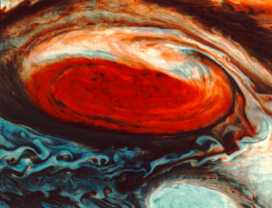
The Great Red Spot is thought to be a hurricane which has been raging on Jupiter for at least 400 years. The connected page shows an image of the Great Red Spot next to Tropical Storm Emily for comparison.
...more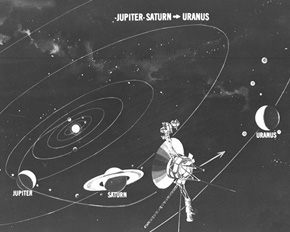
Do you like to race? Have you ever raced a friend in running...or how about in swimming? The Voyager 1 spacecraft and the Pioneer 10 spacecraft are in a race right now!They are in a race to be the farthest
...more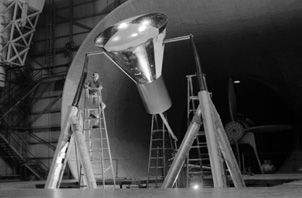
This is Administrator Goldin's speech about NASA's 40th birthday: "Forty years ago, in 1958, the National Aeronautics and Space Administration was created with the boldest and most noble of missions: to
...more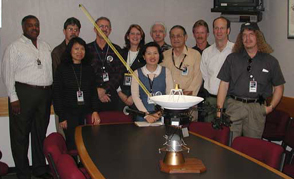
There has been a lot of news lately about different space missions. You might have heard that astronauts on the Space Shuttle Columbia did five space walks to fix and update the Hubble Space Telescope.
...more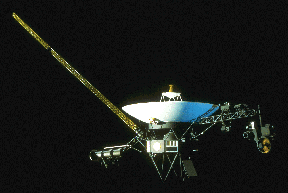
NASA's Voyager mission is 25 years old! Both spacecrafts Voyager 1 and Voyager 2 are still traveling through space sending signals back to scientists on Earth. The Voyager spacecrafts have discovered
...more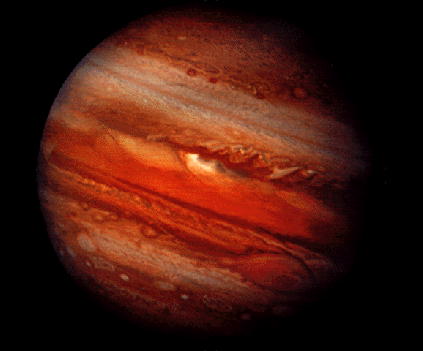
Jupiter is the biggest planet in our solar system! It's also very bright in the sky. We don't know who discovered it, but we do know the ancient Greeks named the planet after the god, Zeus. The United
...more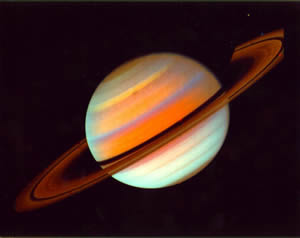
Saturn is the second largest planet in our solar system. It is also very bright in the sky. The ancient Greeks named the planet after the god of farming and time. The rings of Saturn were first seen by
...more














